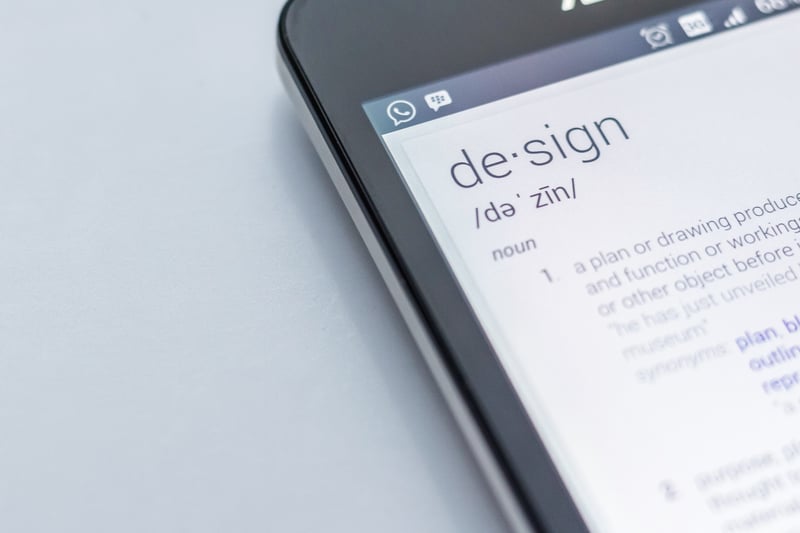
Image: Photo by Edho Pratama on Unsplash
Adam Faulkner, experience design director at user experience agency Blueegg, has developed a distinct approach to understanding customer and user experience. Surprisingly, it involves a lot of time offline, IRL.
“It’s really easy to design something in digital space and not talk to anybody,” Faulkner told The CMO Show hosts Mark Jones and Nicole Manktelow. He next went on to explain the importance of reaching out to user demographics whose experiences might differ substantially from your own.
In one example, Faulkner worked with a hotel booking client whose user base was women ages 25 to 34. He prioritised conducting interviews with them to understand their particular needs.
“What I considered important was completely different [to the typical user],” he said. “I was thinking about getting the local restaurant right, whereas for our users, safety and security were really important.”
Despite its costly reputation, Faulkner was quick to point out that conducting in-person research doesn’t have to be enormously expensive.
“When you do interviews,” he said, “you only need five of any type of archetype or persona or demographic to get pattern recognition and, from those patterns, very clear insights.”
Listen to the podcast, during which the nature of customer experience, why it’s vital to understand offline, and how to turn every sad moment in the customer journey into a happy one was discussed.